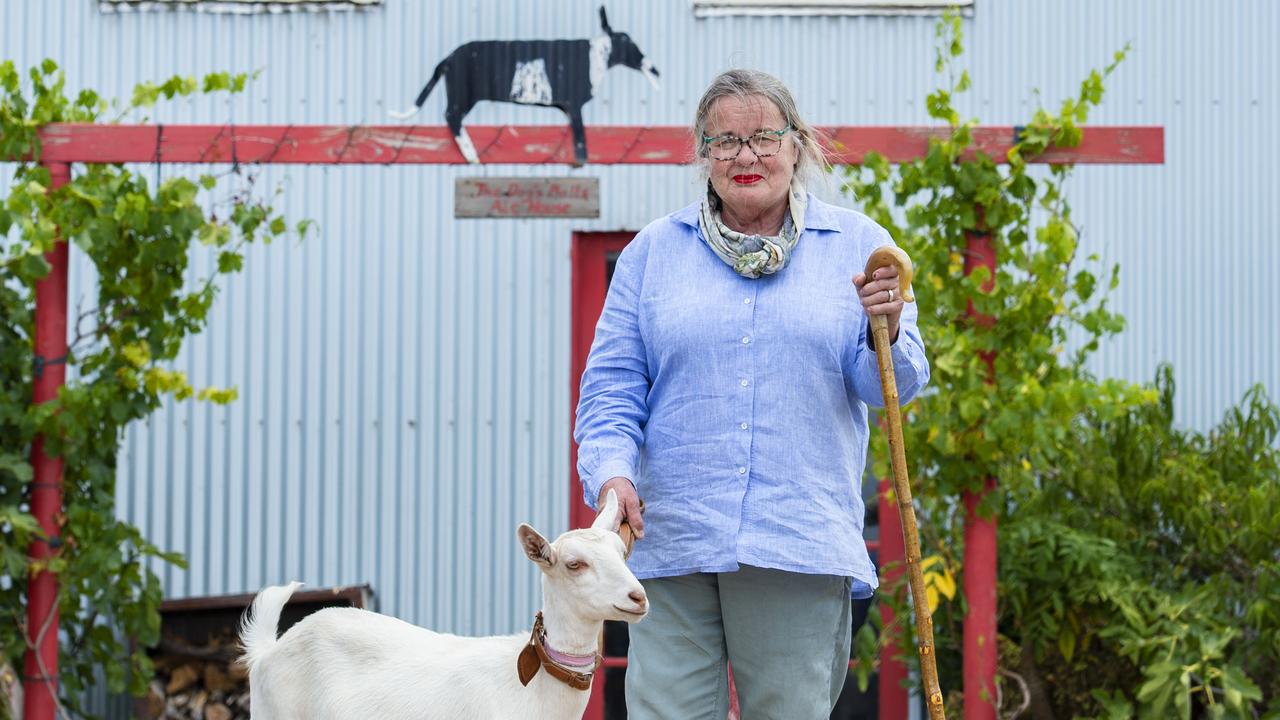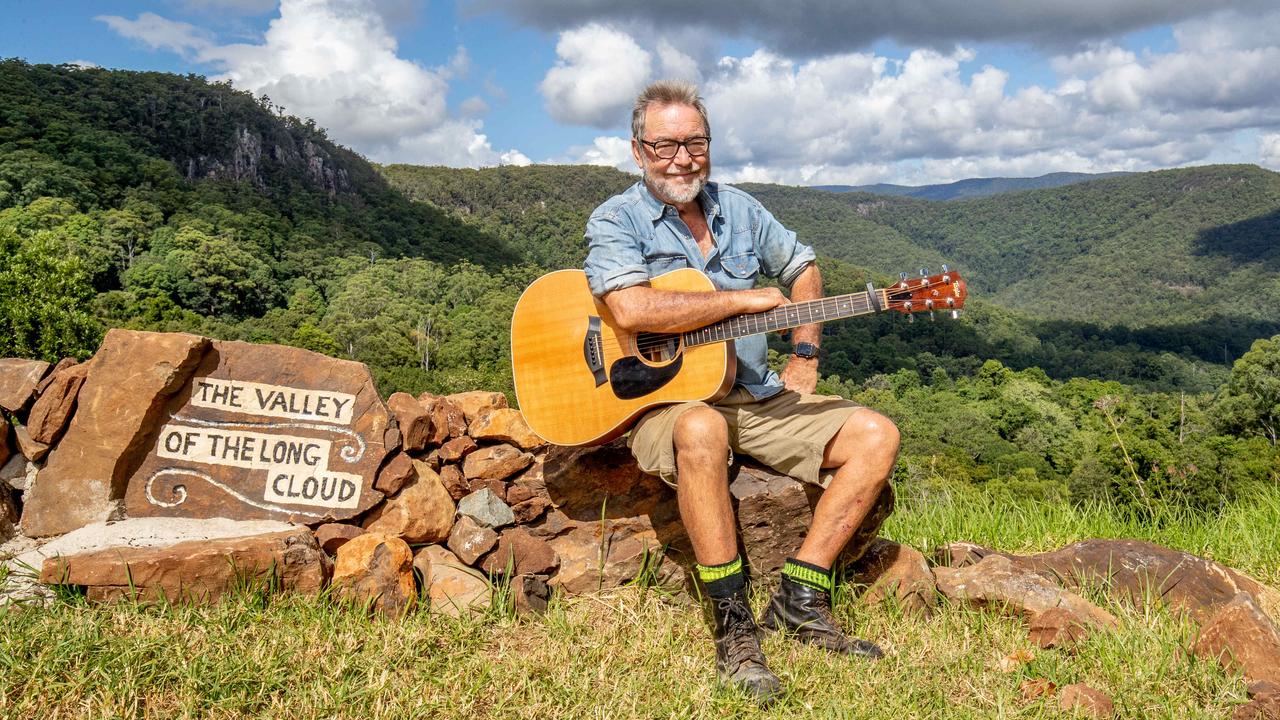Cavan Station has a place in Australia’s agricultural history
CAVAN Station played a key role in the history of the Australian wool industry and now, under the Murdoch family, remains an innovator, writes SARAH HUDSON.

WHEN Matt Crozier — manager of the 10,000ha Cavan Station — read the new book Cavan Station, there were a few surreal moments.
“In any job in this industry and these types of properties — and more so Cavan Station — you have an eye to the heritage,” says Matt of the sheep and cattle property near Yass in NSW.
“When I walk around the old bluestone buildings on the property, or go into the stables to saddle my horse and walk on the cobblestone floor, you do think about the people who have walked there before.
“More than anything else, reading the book shows there were the same trials and tribulations farmers still face: the flow of droughts and floods, poor wool prices, booms and busts.”
The 47-year-old, who has managed Cavan Station for eight years, worked alongside author Nicola Crichton-Brown (the granddaughter of the late Samuel Wynn, one of Australia’s greatest winemakers and the founder of Wynns wines) to help compile the final chapter of the book. It details the current history of the property, now owned by Rupert Murdoch, executive chairman of News Corp which publishes The Weekly Times.
Matt says having grown up in the southern tablelands of NSW he knew the history of Cavan Station well, but the book and his job have brought it to life.
READ MORE:
BALANCE IS KEY FOR FAMILY’S STATION LIFE
The station is one of the most important grazing properties in the Australian fine-wool industry.
It is the place where, alongside their operations at Raby, the 19th-century pastoralists Alexander and William Riley, together with William Dutton (the first qualified vet in Australia) developed the Saxon Merino sheep.
One of only four strains that make up the modern Australian Merino, the Saxon is regarded as producing wool that is extremely white, soft to handle and fine in diameter.
Even before the Rileys, Cavan entered Australian history, lying on the path of Hamilton Hume and William Hovell’s 1824 expedition from Appin to Port Phillip.

When Matt first arrived, Cavan Station covered 7700ha, with 25,000 sheep and 600 mostly Hereford cattle.
He has since expanded the holding through land acquisition, with Cavan Station now at its largest.
The flock has grown to 35,000, including buying Bogo Merino Stud, and creating a herd of 1300 black Angus, with heifer calves joined to Wagyu.
The sheep shear an 18 micron fleece and Matt describes the current flock as “more of a hybrid” compared to the Rileys’ original Saxon.
“There would be some influence of the original Saxon way back, but the flock is more of a reflection of Riverina sheep now,” he says.
“In the Rileys’ day they would have cut a 21-22 micron with four pounds of fleece, whereas these days the sheep are 30-40 per cent bigger in the body and cut up to 7kg.”
Like Cavan Station’s early settlers, innovation still continues on the property, both under the direction of the Murdoch family, but also thanks to Matt’s business acumen and the work of eight farm staff.
Matt discusses farm management with Prue Murdoch and her husband, Alasdair MacLeod, who have a house on the station.
“Alasdair is quite involved. He leaves me to run the property, but provides a level of direction and helps to muster.”
“The boss”, or Rupert Murdoch — sometimes referred to as “KRM” — takes an active interest every time he visits.
“I pick him up in the morning and we spend the vast majority of the day driving around the property,” Matt says.
“The first question he’ll always ask is how much rain we’ve had. I’ll often send a message through his PA to let him know rainfall figures before he arrives.
“We chat away and he wants to know how the lambs are doing, the price of wool. If we’re shearing he’ll go to the shed and look at the wool. He’s down to earth.”
Matt says the overall management philosophy prescribed by the Murdochs is to “make a profitable farm enterprise, but not at the expense of the ecology”.
As such, each year the aim is to plant about 5000 trees, revegetate creek beds and stop erosion, as well as create fenced-off “biodiversity hubs” where an ecologist surveys the regrowth of rare native trees and grasses.
Last year was the first Cavan Station ceased mulesing, and have been over the past five years breeding for plainer bodied sheep.
Arguably one of the most important management techniques has been the adoption of the online grazing management tool, MaiaGrazing.
Matt says by entering real-time data, they are able to assess the carrying capacity of paddocks and adjust stocking rates to ensure 100 per cent ground cover.
This planned grazing system saw them destock last year, when they hit drought conditions, without the need to buy supplementary feed, all the while maintaining ground cover.
Matt was a jackaroo at another property formerly owned by the Murdochs, Boonoke Wanganella, before he studied agriculture at Wagga Wagga and Orange. He became a futures trader in agricultural commodities and then managed various properties.
He says he took on the role of managing Cavan because it offered a “challenge”.
“The terrain is undulating, with steep limestone sections and that means you have to have proper stockmen who can muster on horses, who can handle livestock in rugged conditions,” he says.
“It’s also about the bigger evolution of the property, putting my own bent on the land as each and every other manager has done before me.”


